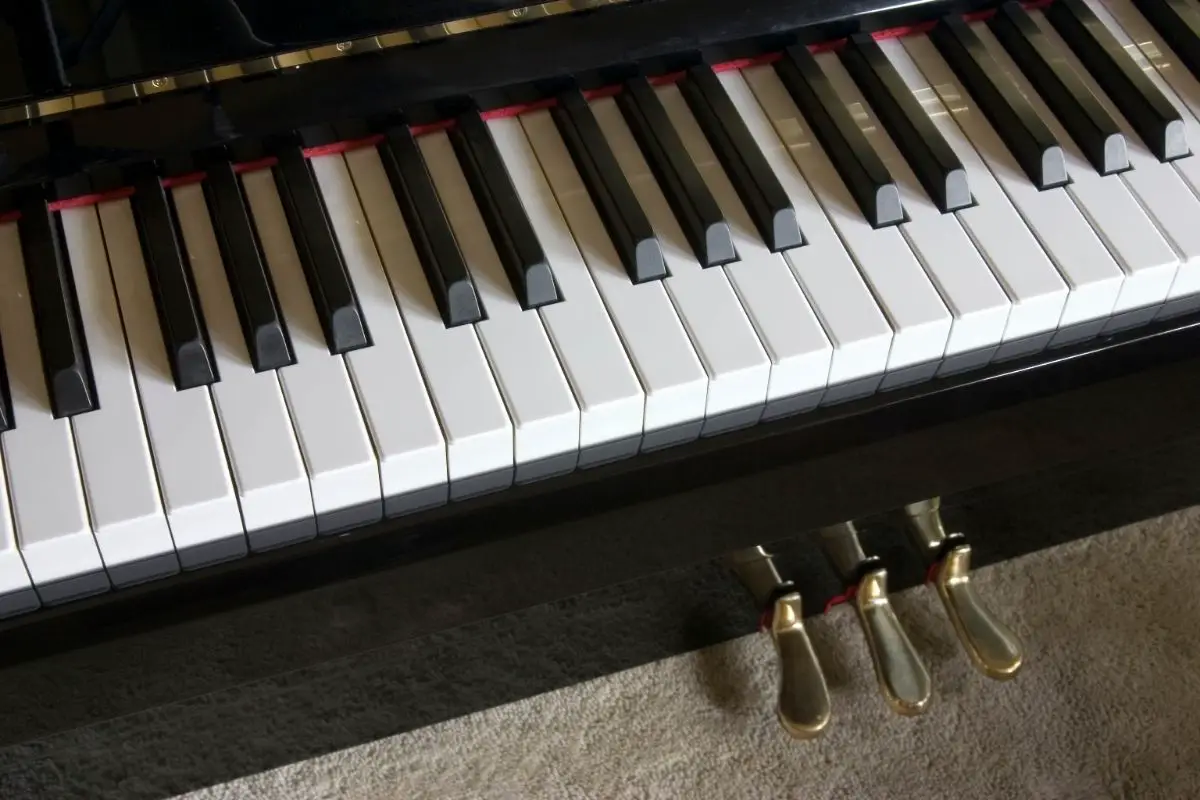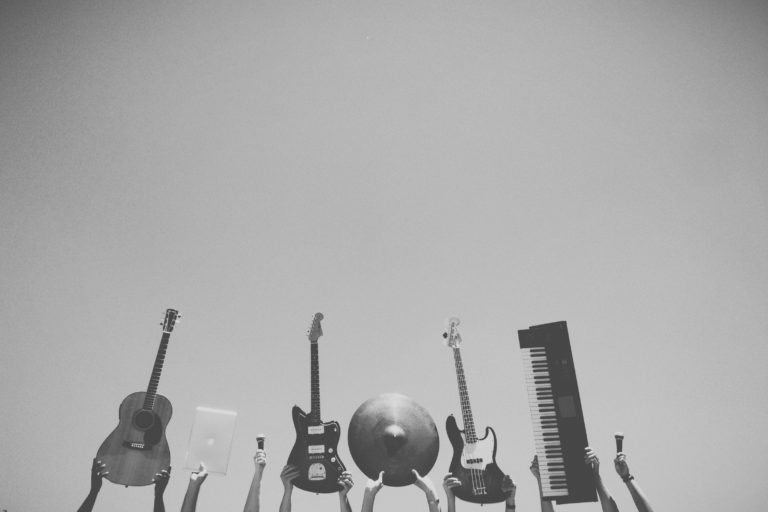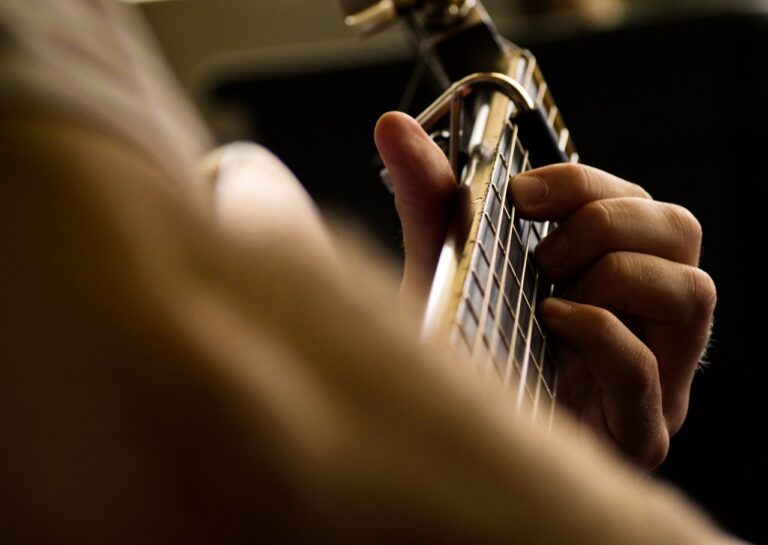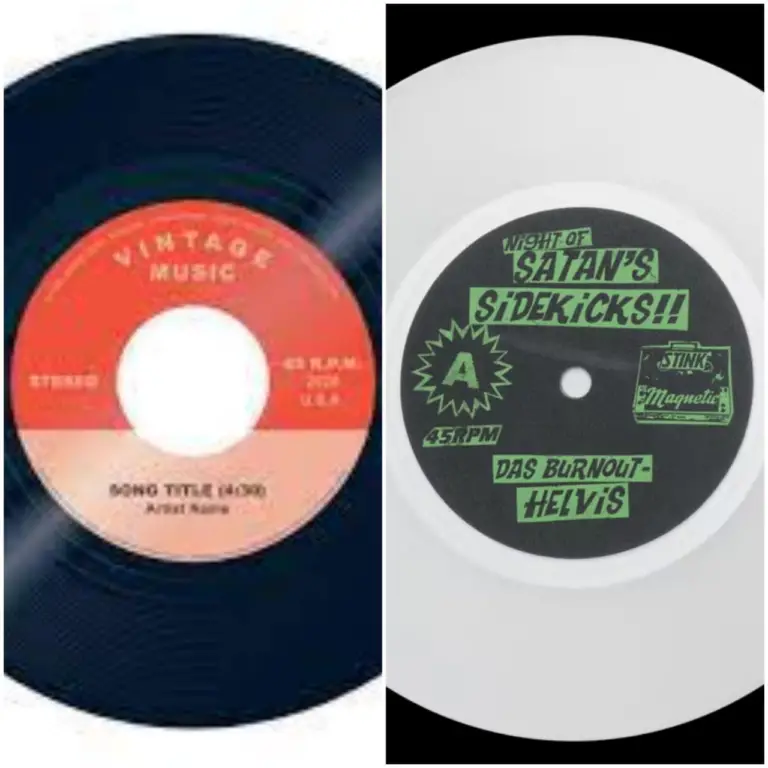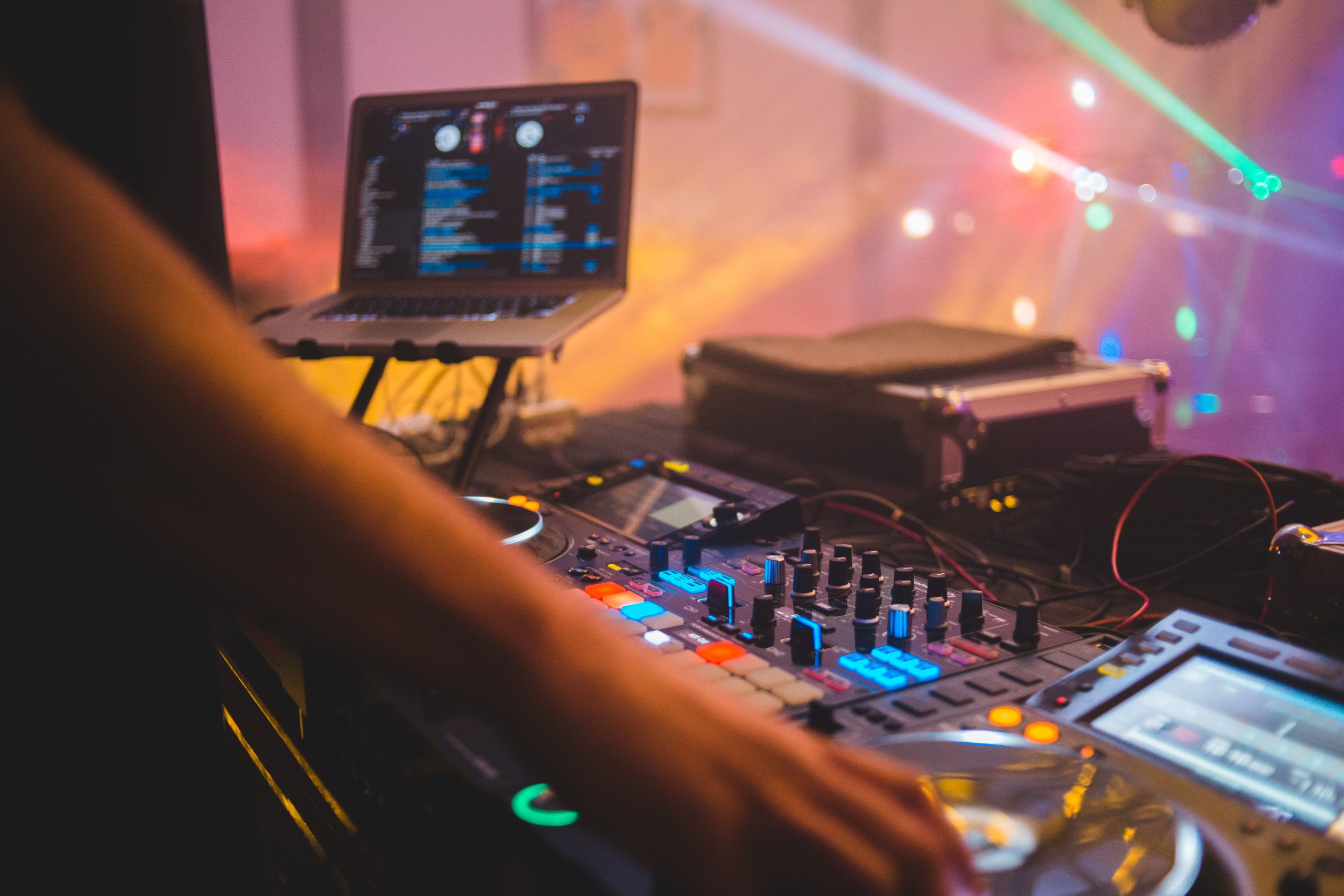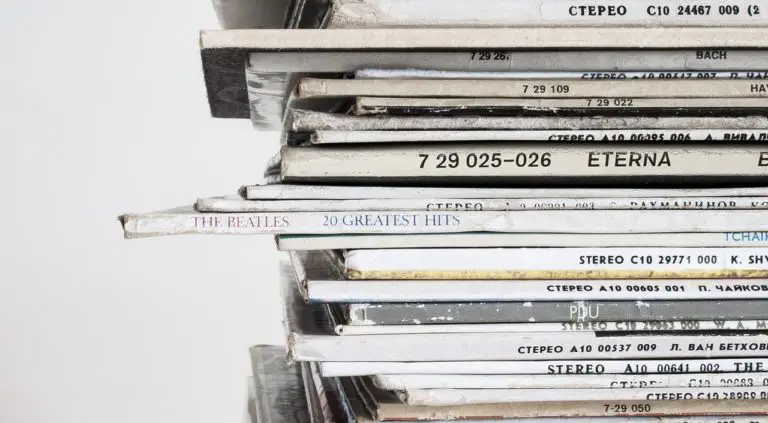What Does The Middle Pedal On A Piano Do?
The pedals on the piano are often used to alter the sound of the notes. While each pedal has its specific uses, some pianists can get through most of their professional careers only using one or two of them. One question aspiring pianists ask: What Does The Middle Pedal On A Piano Do?
The middle pedal can do one of four things: It sustains bass, it sustains the first note, it mutes the piano, and it controls how loud the piano is. In some novelty pianos, it can also have a fifth function to loosen the tone to something more “jangly.”
Of the three pedals commonly found on a piano, the middle one is the most seldom used. There are virtuoso jazz pianists who still don’t really know what this pedal does or when you would want to use it.
Today, we will look at the middle pedal to tell you exactly what function it serves on your piano.
What you need to know about the three piano pedals
Most pianos will have three-foot pedals at the base of the instrument. Of the three, the most commonly used and well known is the right pedal.
The right pedal on your piano
The right pedal is the sustain pedal, which causes the felt pads sitting on the strings of the piano to be raised up. When you play a note with this pedal pressed down, it will ring out for much longer, even when you are no longer pressing the key down.
The left pedal on your piano
The left pedal is called the soft pedal, which causes the hammers inside the piano to shift slightly closer to the strings. This means that the hammers can’t hit their respective strings with as much force, effectively lowering the volume of the piano.
Manufacturers standardize the left and right pedals across almost all pianos. They almost never change in their function or purpose. The middle pedal isn’t as simple, and can differ between instruments.
Manufacturers may give it different functions to make it more useful for certain demographics of players. There are six potential uses that this pedal can fulfill, all of which are covered below.
1. Sostenuto pedal
A sostenuto pedal is like the sustain pedal often found on the right. However, this type of pedal only applies selective sustain, to certain notes rather than to all the keys at once.
While the sustain pedal raises all the dampeners inside the piano, a sostenuto pedal will only raise the dampener on the first note that you play.
This means that the first note you play will ring out for longer. Meanwhile, subsequent notes will cut off much faster since the dampeners are still resting on the strings.
Like most of the middle pedal designs, sostenuto is not required to play any graded pieces and is seldom used. However, taking the time to learn how it works can make it a very useful tool for carrying off certain effects or sounds.
2. Bass sustain
Some piano manufacturers noticed sostenuto pedals were frequently used to sustain the bass notes of a piano. Because of this, they made the middle pedal act as a sustain for the left-hand side of the piano only.
Instead of just raising the dampener on the first note that you play, a bass dampener pedal will raise the dampeners across all the bass notes.
This is useful in situations where you want your dramatic bass chords to ring out, while still having more control over the high notes.
3. The practice pedal (makes your notes quieter)
This is a more modern use of the middle pedal, which you can find on many upright models of piano to this day. Much like the soft pedal, a practice pedal adjusts the position of the hammers relative to the keys to make the notes quieter.
The difference is that a practice pedal will mute the strings significantly more. This makes the piano almost inaudible unless you are sat playing it.
Therefore, it has earned the name, practice pedal, since its primary function is to make the piano quiet enough that you can practice without disturbing those around you.
The practice pedal is useful to have for pianists who live in built-up areas, where their practice sessions may disturb their neighbors.
If you are looking for a piano great for practicing, check out our list of the best digital pianos. These pianos are ideal for practicing, as they contain many modern functions.
4. The celeste pedal (to mute your piano)
The mute pedal is more commonly found on modern keyboards, since it requires electrical components to work.
It is a more extreme version of the practice pedal, causing the piano to make no noise at all while activating a circuit that allows you to listen to your playing through headphones. Because of the reliance on electric components, you won’t find the mute pedal in your old grand piano.
Much like practice pedals, these are very useful for people practicing in apartments, or flats when you hear your neighbors knock on the door.
5. Brass tack (Giving your piano a novelty sound)
There are some novelty pianos that had a rail covered in brass tacks connected to the middle pedal. When the pedal is compressed, the rail is lowered, so the brass tacks go in between the strings.
This alters the tone of the strings, to make them sound more jangly. You will often find these pedals on pianos in old American bars, and they are the source of the sound often associated with American Saloons.
6. Empty pedals (because three pedals are more impressive than two)
Finally, it is possible for the middle pedal on a piano to be connected to absolutely nothing. Empty pedals will have no effect on your playing, and are purely ornamental in purpose. Why have a useless pedal, you ask? Well, some people like the look of three pedals over two.
How do pianos work?
Pianos are actually stringed instruments. If you look on the inside of a grand or upright model, you will find hundreds of strings, as well as dampening pads and hammers. Therefore, you can use guitar chords on the piano.
Pianos come from harpsichords that had levers attached to the keys. Upon pressing a key, the lever would trigger an appendage to pluck the respective string.
The plucking motion of the appendage meant players had very little control over the volume of a harpsichord.
So the lever attached to each key on a piano triggers a hammer. When pressing a key, the lever causes a hammer to descend and strike the string rather than pluck it. Pressing the key harder will make a note louder, while pressing it more lightly will create a quieter sound.
It was this innovation that brought about the modern piano we all know and love today. Pedals accordingly are used to activate other mechanisms for altering the position of the hammers, or applying dampening pads to the strings.
The history of pianos (and piano pedals)
Bartolomeo Cristofori made the first piano at the beginning of the 16th century. It came from another similar instrument called a Harpsichord, which came from the Clavichord.
Both instruments used keys which were attached to mechanical apparatus used to pluck or strike strings. However, none of them had any pedals, and neither did pianos until Cristofori added the first soft pedal.
Unlike the soft pedals we described above, this pedal worked by moving the hammers sideways, rather than closer to the strings.
Since each key on an old piano attached to two or three strings, moving the hammers sideways caused only some strings to be struck, effectively lowering the volume.
In 1860, two French Piano builders called Alexandre François Debain and Claude Montal added the first sostenuto mechanisms to a piano.
These mechanisms helped to sustain certain notes and make them ring out for longer, forming the foundation for what would later become the right pedal on a modern piano.
The reason that the middle pedal varies so much in function is because of the significant amount of experimentation around piano pedals.
Some models of old pianos had seven different pedals, each with their own function. As the design became more streamlined and certain pedals left, the middle pedal added these effects back.
This gave manufacturers more variety in how they designed their instruments, allowing them to market pianos to different demographics of players.
Conclusion
The middle pedal on a piano doesn’t have as much use because its various functions are often very situational. For instance, if your piano has a practice pedal installed, then you will rarely want to have it pressed down during a performance.
Many pianists can go their whole musical careers without ever touching the middle pedal, and hopefully after reading this guide, you now understand why.
Not that selective sustain, or bass damper pedals are useless, and if you know how to use them, they can be a great way to add some color and personality to your playing.

